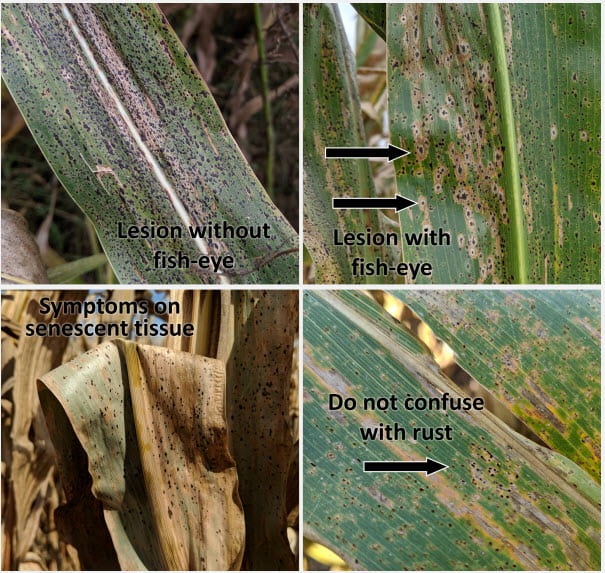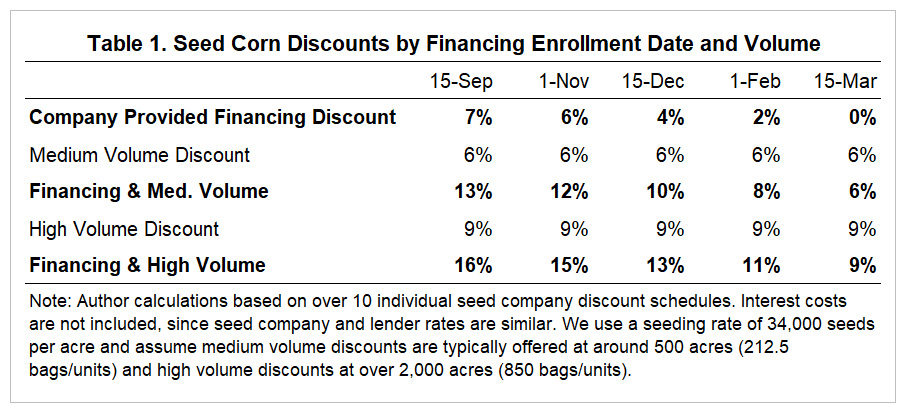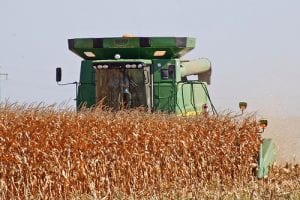Source: Emily Unglesbee, DTN
 Farmers have a range of choices when it comes to herbicide-tolerant soybean technology in 2020 — up to seven different traits.
Farmers have a range of choices when it comes to herbicide-tolerant soybean technology in 2020 — up to seven different traits.
When selecting seed, remember that disease, insect tolerance and other genetic characteristics should still top your soybean shopping list. But with the growth in herbicide-resistant weeds, weed control is a crucial part of soybean profitability, and herbicide-tolerant traits can be an important tool.
Moreover, the growing web of different herbicide-tolerant crops planted across the country has made it more important than ever to know what is in the variety you are growing — and what’s in your neighbor’s. So here is the latest information on the status and availability of each different trait option, organized by herbicide-tolerant genetic platform:
1. ROUNDUP READY TECHNOLOGY
ROUNDUP READY 1
The original glyphosate-tolerant Roundup Ready trait have been off patent since 2015. Although Monsanto, now owned by Bayer, phased the trait out of its seed stock years ago, the trait is still available from university breeding programs and some smaller, localized seed suppliers. Because the trait is off patent, growers who use RR1 soybeans can save them for seed. Growers interested in finding varieties with the RR1 trait should check with their local universities and state seed associations for information on availability.
ROUNDUP READY 2
After phasing out RR1, Monsanto focused on its glyphosate-tolerant Roundup Ready 2 platform. The trait remains a standalone option for growers in 2020, and will likely continue to be available for a few more years, either from Bayer seed brands and other seed companies that license the trait, albeit in smaller and smaller numbers, said Bayer Soybean Portfolio Lead Ryan Rubischko.
Ultimately, Bayer is shifting its breeding pipeline to the RR2 Xtend platform, said Wes Hays, Bayer germplasm and deployment lead.
RR2 XTEND
Glyphosate and dicamba-tolerant RR2 Xtend soybeans accounted for 60% of the soybeans planted in the U.S. last year, roughly 54 million acres. It’s too early to say if that number will rise in 2020 or — as it is now facing increased competition in the marketplace — stay the same or even decrease, Rubischko noted.
The trait is available in maturity groups ranging from Group 00 through Group 7 from Bayer seed brands and more than 100 licensees, he noted.
Growers who use RR2 Xtend varieties in 2020 should be aware that the corresponding herbicides, XtendiMax, Engenia and FeXapan, face an increasingly complicated number of use restrictions.
In 2018, EPA released a new set of restricted use pesticide (RUP) labels for these herbicides with restrictions on when and how growers can use them. Another herbicide, Tavium, was registered in 2019 for use in the Xtend system, with a similar set of restrictions.
However, after the third consecutive year of off-target dicamba injury reports — including record levels in Illinois and Indiana — some states are taking measures to further restrict dicamba use in 2020. Most recently, Illinois has announced a 24(c) label with a June 20 cutoff date and an 85 degree cutoff for dicamba next year. (See more here: https://www.dtnpf.com/…)
XTENDFLEX
Bayer’s next generation of soybean herbicide-tolerant trait technology is XtendFlex. These soybeans can tolerate over-the-top use of glyphosate, dicamba and glufosinate. The technology was used under stewardship in 2019 in Bayer’s Ground Breakers program, but the company hopes it will be fully commercialized in 2020. The only remaining obstacle to full commercialization is EU import approval of the trait, Rubischko noted.
“We’re hoping for a late spring of 2020 approval of XtendFlex with the EU,” he said. “Given that anticipated timeframe, we could see an introductory launch of XtendFlex for the 2020 season.”
The company has XtendFlex soybeans available in a broad range of maturity groups for 2020, but the timing of that EU approval will determine what volumes are available in what regions, added Hays. Given that these soybeans contain the Roundup Ready, Xtend and Liberty Link traits, growers should have a range of herbicide options to use over the top of them legally in 2020, he added.
Ultimately, the XtendFlex trait is expected to inherit RR2 Xtend’s “throne” as the basis for Bayer’s soybean breeding portfolio in the coming decade. “We’ve shifted breeding efforts from RR2 to the Xtend platform and we’ll start to shift that to XtendFlex in the future,” Hays said.
2. LIBERTY LINK TECHNOLOGY
Continue reading →












